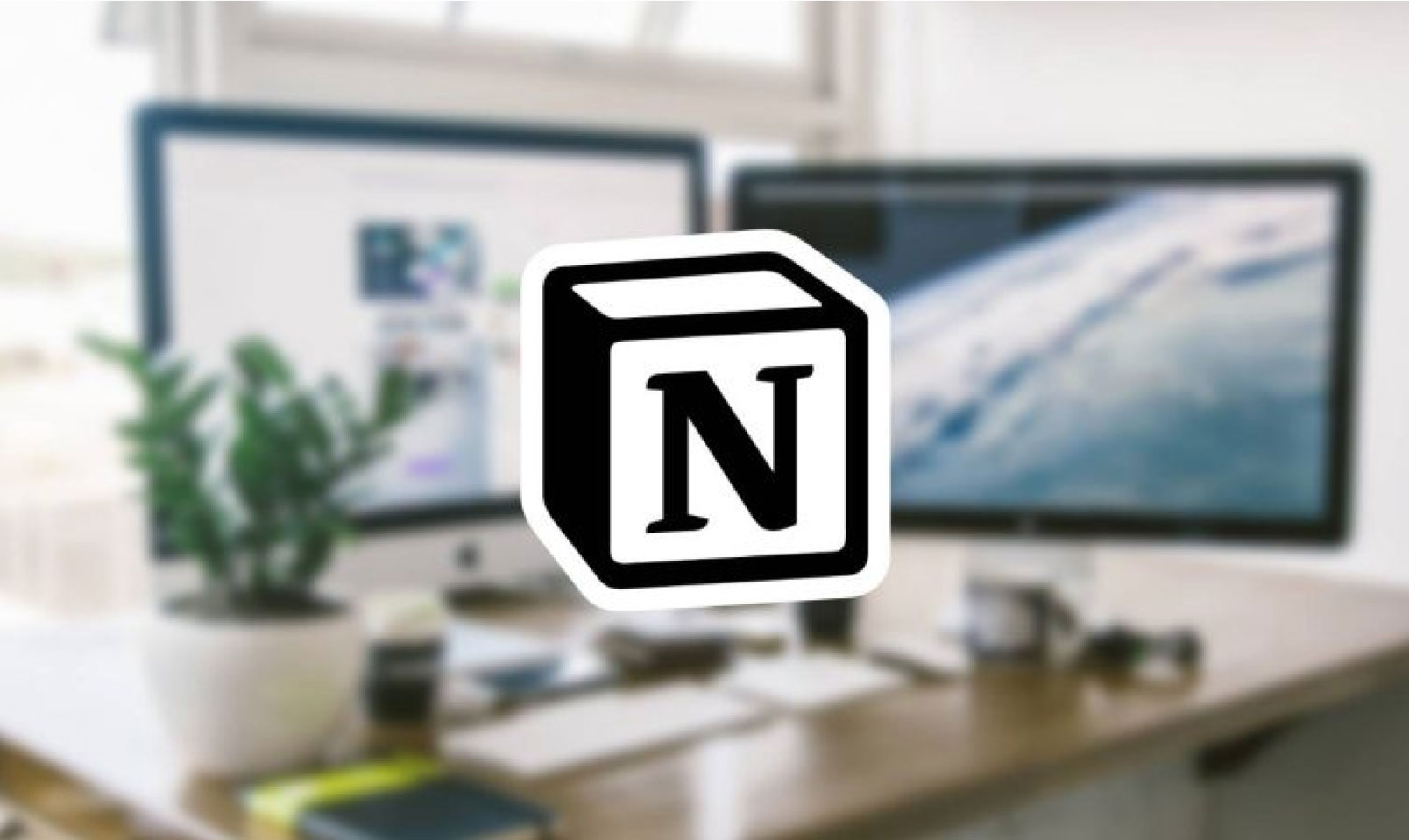Introduction
Privacy vs Cookies
New Priorities for a Cookieless World
Conversion Models: Surviving Without Cookies
Know our services
We know that cookies are a fundamental tool to deliver users relevant ads for their context, at the right time and on the appropriate platform. They provide advertisers with essential information to track users’ journey, from the beginning of their buying process to the final conversion.
However, privacy concerns from users are increasing, and browsers and platforms are starting to echo these demands.
Privacy vs Cookies
Buying processes are becoming more complex, with multiple devices and increasingly non-linear paths. Journeys are much more intricate, and when combined with the emergence of new privacy policies, collecting user information becomes more challenging.
Apple initiated this path with the new iOS 14 update, and Google Chrome is also considering it with the development of Privacy Sandbox. To start, the browser will stop accepting third-party cookies, leaving us once again with the question: how do we measure and collect data in a cookieless world?
New Priorities for a Cookieless World
In this seemingly difficult context, one of the keys is to focus on other aspects of the business that will provide us with the necessary information to create personalized campaigns for our customers. Let’s look at some examples:
Build Direct Relationships with Your Customers
To have your own data strategy that reflects the direct relationship between your brand and your audience, the key is to establish a direct connection with users. When you build a bond with your customer, they voluntarily and consciously provide you with data and personal information at critical moments in their journey.
Hence, it is crucial to explain clearly and precisely what the user is accepting when providing personal information. Your privacy policies should be accessible and easy to understand, with options for opting out or stopping receiving information clearly visible.
Loyalty programs, exclusive offers, coupons – there are thousands of techniques that will allow you to gain insights from your customers and, above all, build enough trust to improve and personalize your offerings. It’s about creating value exchanges.
Constantly Update Data
To provide a better experience to your users, the data you manage must be up-to-date. You must keep the filtered and organized data correctly. Investing in a data management system can make a difference for a cookieless future.
The Ace up Your Sleeve: Global Site Tag
Accurately measuring conversions on your website is still possible with the Global Site Tag. This Google tool allows you to include your own cookies to measure the traffic and conversions of consenting users.
This way, you’ll have a more comprehensive overview of what users are doing, with data you collect yourself.
Plan Strategically
However, the most critical step is long-term planning. The increase in privacy settings is a growing trend. The only solution is to think about a global strategy that will stand the test of time and, above all, seeks to build strong and lasting relationships with customers.
Strengthening and nurturing these connections will fortify relationships and make them more intimate in a context where privacy is becoming increasingly important.
With these strategies, you can reinforce the relationship with users in this scenario we’ve presented. But how do you obtain metrics and evaluate the effectiveness of investments?
Conversion Models: Surviving Without Cookies
Conversion models come to the rescue in this seemingly impossible landscape. These models use machine learning to rigorously measure conversions based on aggregated and anonymous data.
They are essential tools for quantifying the impact of a campaign when you cannot observe the subset of conversions directly, as the algorithm leverages data and historical trends to provide accurate insights.
The models offer a complete view of the customer journey and behavior, respecting their privacy and without compromising performance.
Incorporating them into your measurement structure equips you with the necessary tools to continuously collect information and make decisions to optimize your campaigns.
How Do They Work?
Conversion models analyze actions and signals such as date, time, devices, and the type of conversion, creating a model based on active campaigns.
When combined with robust measurement capabilities and quality data, we can minimize doubts and uncertainties, allowing us to create much more powerful reports.
Let’s not forget that this process happens automatically, with high-quality data that offers a complementary view, allowing us to see the complete picture.
The digital ecosystem and user needs are continually changing. Today, privacy is key, but we must be prepared to adapt to any circumstance that modifies this environment.
It’s not just about the difficulty of planning campaigns; it’s mainly an opportunity to harness the potential of digital marketing and create new ways to connect with users.






